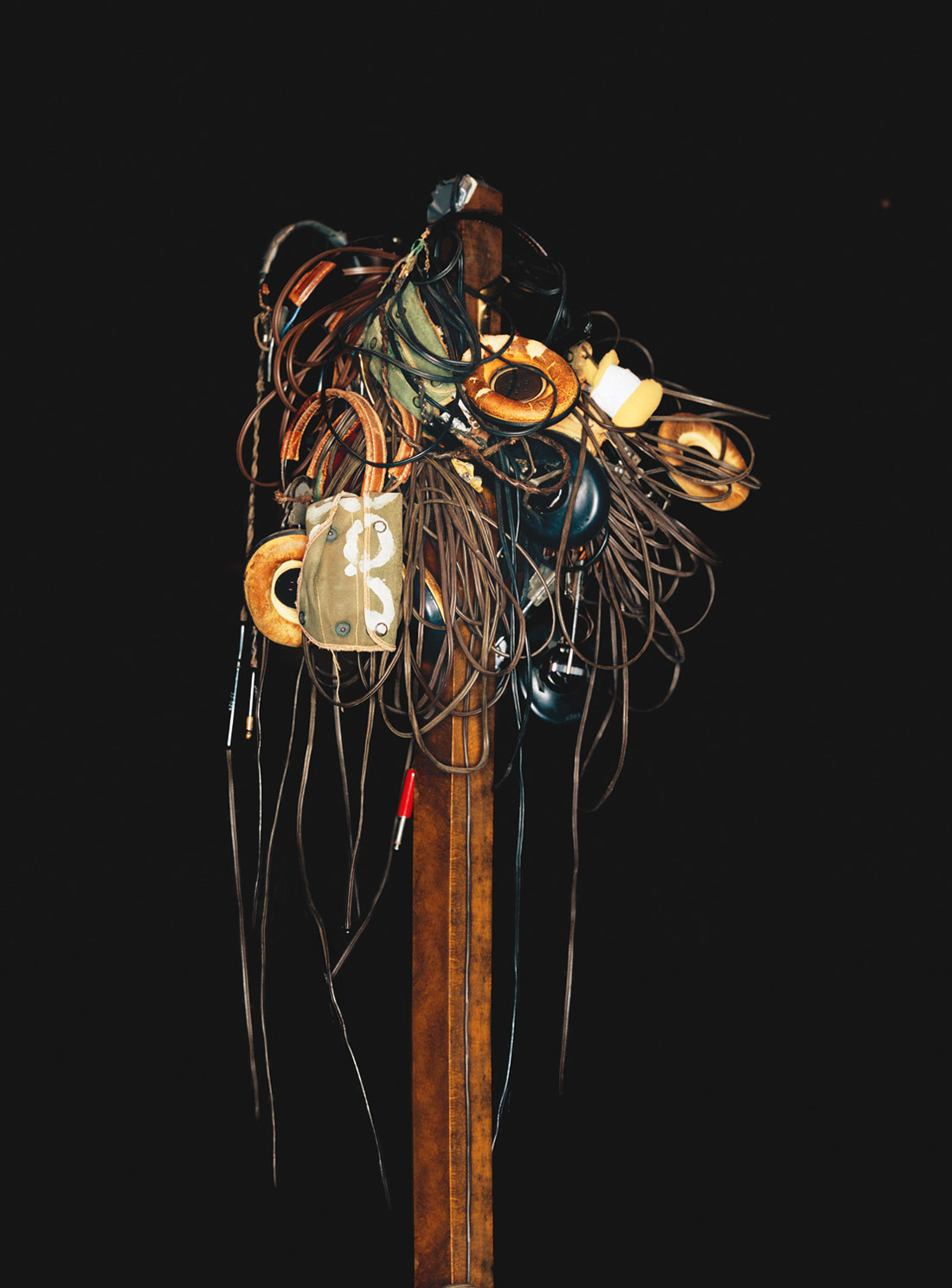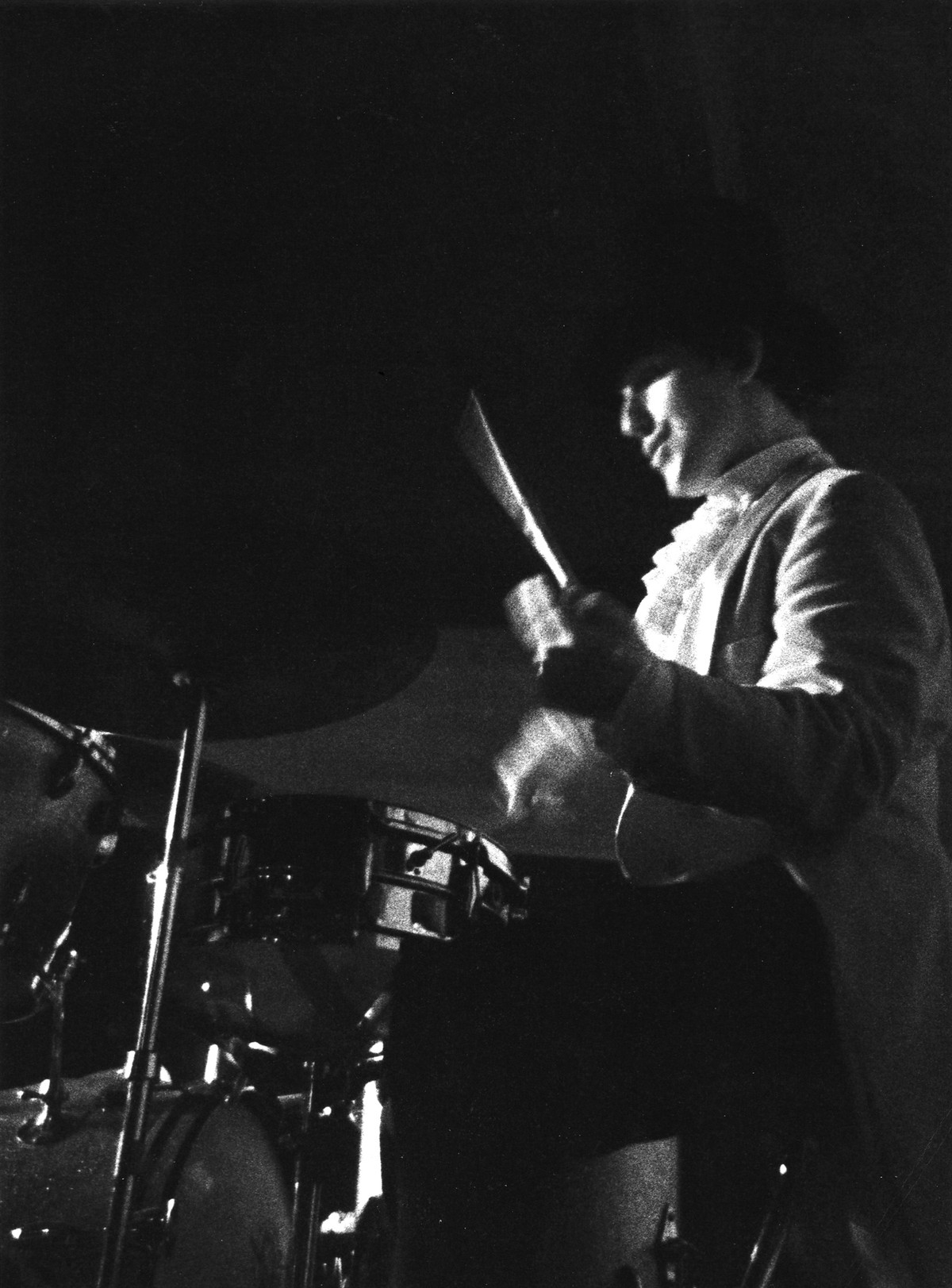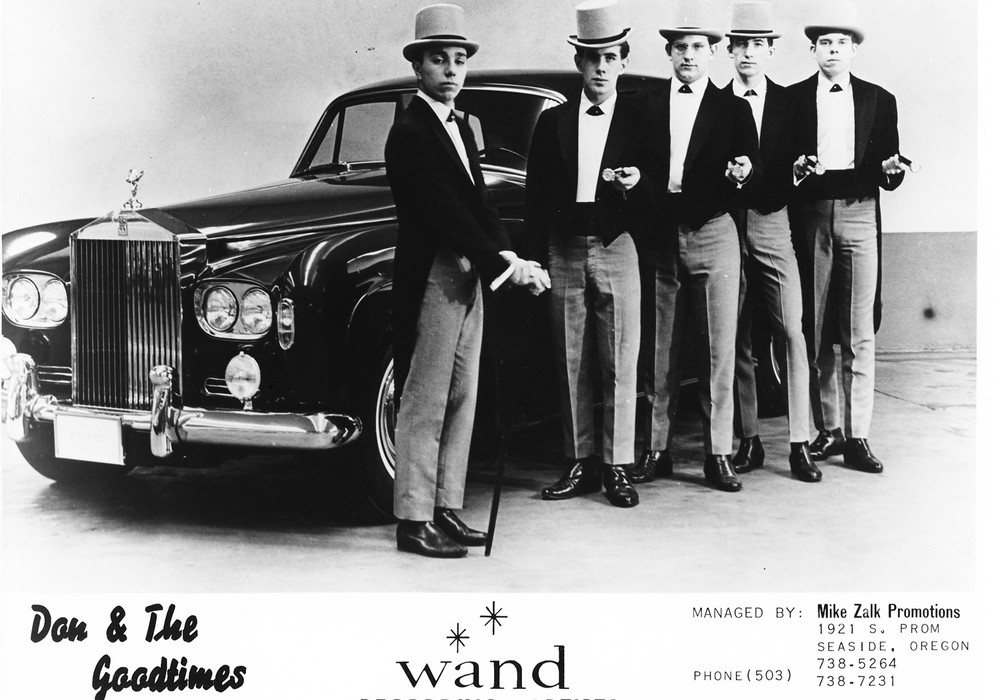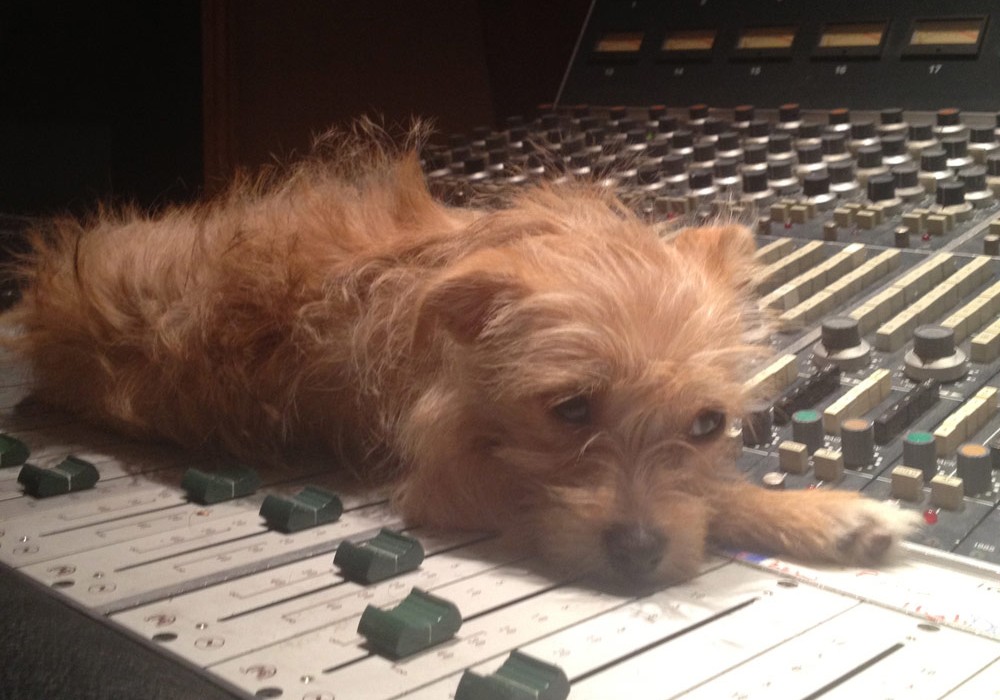Bob Holden is a Northwest recording icon. As a drummer he played with Don and the Goodtimes, The Invaders (the Portland version) and The Redcoats. In addition, he recorded many sides with Seattle's legendary Kearney Barton. As a studio owner he started several studios in the Seattle area, including Sea-West and HH&R — some of the first 8- and 16-track studios north of San Francisco. He continues to be a forward thinker as the Associate Director for Multimedia Services at Pacific Lutheran University in Tacoma, Washington.
The first time you went into the studio did anything spark for you regarding wanting to be a recording engineer?
Being a musician, you love sound. For graduation from high school in 1964 my parents bought me a Model 1600 Wollensak mono tape recorder, which by today's standards is a doorstop. I learned to do some magical things, like razorblade editing, sound on sound, and various ways of cheating to record. That gift really gave me the disease. I used to record things off the radio and then I would try to learn the songs or present them to the band that I was in at that time.
You were a member of The Invaders in Portland, Oregon?
Actually I was a senior in high school when we started Don and the Goodtimes. The Kingsmen from Portland, in 1963 or '64, had a national hit with "Louie Louie." The Kingsmen's first live album was recorded at a club we [The Invaders] also played, called The Chase [The Kingsmen in Person]. Their keyboard player, Don Gallucci, happened to be fifteen years old and he would come out to the club and we'd have little jam sessions occasionally. He came to me one day and said hey, "I really like playing with you. Let's start a band together. I've got contacts if we want to do any recording and I can get us a recording contract."
Did he say that to The Invaders?
Just me, but it turned out we ended up taking a couple of guys from The Invaders. Our rhythm guitar player learned how to play bass and Don McKinney played saxophone and also sang lead vocal. We went through a mish mosh of guitar players over the years.
How did the name come about?
It was actually from a girl in my social studies class who was just a livewire! I told her I'm starting this band and we're looking for a name. She said, "You guys are the Good Times." I went to Gallucci and he said, "That's great." One Saturday morning we got in the car and drove up to Seattle to Kearney Barton's studio, Audio Recording. We did a cover of a song that had been recorded by a local group and was getting some notoriety called "The Turn On Song." It was an instrumental — we recorded that and a throwaway b-side and drove home. Gallucci arranged the recording session with Jerry Dennon of Jerden Records. He had done the original Kingsmen recordings. This was the summer between high school and college. I had a summer job doing machine shop work and I remember sitting in my mom's Cadillac eating my lunch listening to KISN in Portland when I hear "The Turn On Song" by Don and Goodtimes and I about had a cow. We went on the road backing up this record and got some local airplay! We were an interesting band because we had these R&B roots but at the same time we realized that kids really liked show bands — like Paul Revere & the Raiders — so we amalgamated the two. The guitar players did steps, I was the MC between songs — if a guitar player broke a string, we got the patter out. I'd talk to kids in the audience and give away some prize. Never a dull moment!
At Kearney's was recording to acetate or to tape?
It was 2-track analog on an Ampex 351-2s. Kearney had two 2-track machines. I don't think he had his 1/2" 3-track yet. At that time everything was mono — we would record on one track, and it had Sel-Sync so we could overdub on the other track. Then he would transfer that over to another machine while we added another track. Then you could Sel-Sync an additional track after that. Sometimes you would be bopping back and forth two or even three times — three was about the limit, noise-wise. Then he got a 3-track, which was basically just a modified 300 [Ampex MR70] and the original idea of the 3-track was so you could do cinema: Left...




